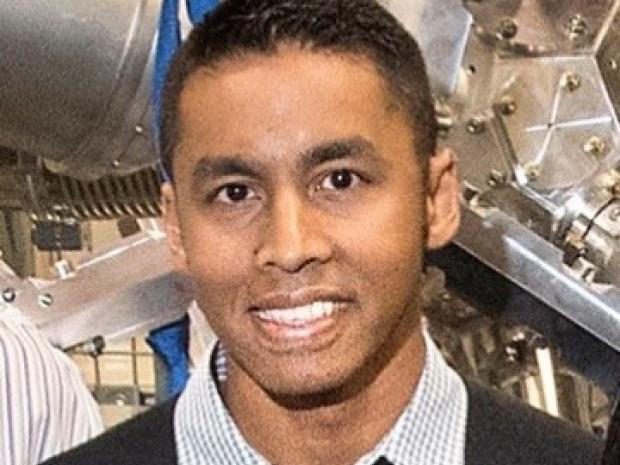Enabling New Chemical Pathways over Metal-Oxide Interfacial Sites

Speaker:
Sanjaya D. Senanayake
Chemistry Division
Brookhaven National Laboratory
SANJAYA D. SENANAYAKE is Chemist with Tenure at Brookhaven National Laboratory (BNL) and a Principal Investigator in the Catalysis Reactivity and Structure (CRS) Group of the Chemistry Division. He is supported on an Early Career Award and in 2022 awarded an Oppenheimer Leadership Fellowship for the United States Dept of Energy. He earned his B. Tech. (Hons) and Ph.D. degrees in Chemistry from The University of Auckland in New Zealand. After completing postdoctoral work at Oak Ridge National Laboratory has since worked at BNL for more than 14 years. Specifically, his research focuses on the fundamental understanding of surface chemical processes over well-defined model and complex powder catalysts. His technical expertise extends to the characterization using X-ray and electron methods the dynamic transformations of catalyst surfaces and elucidation of the reaction mechanisms. This research is focused at present on the activation and conversion of CO2 and CH4 into useful chemicals and fuels directly related to clean energy utilization and production of fuels through chemical processes that are sustainable.
Abstract:
Methane and carbon dioxide remains a valuable yet underutilized resource, with great interest for the direct upgrade to valued products. Heterogenous catalysis offers numerous possibilities for steering such reactants towards preferential pathways while paying careful attention to carbon neutral strategies. This is predicated on careful understanding and manipulation of atomic sites that often are found at the interfaces between several interactions including gas-solid and solid-solid. Our recent studies indicate that, in spite of the high stability of methane or CO2, systems such as Ni-CeO2(111) and CeO2-Cu(111) can break C-O and C-H bonds, through careful manipulation of interfaces and metal-support interactions, using light oxidants (CO2, O2/H2O) or reductants (H2), whereby the selective conversion can be enabled over surface sites can lead to direct conversion steps that produce CH3OH and CO+H2. To decipher complex site specific chemistry we deploy a collection of advanced X-ray and electron methods including (STM, AP-XPS) with the help of DFT has been essential to elucidate C-H activation and oxidation steps with high resolution C 1s and O 1s spectroscopies. Ultimately, this knowledge can then used to evaluate the most prevalent steps that are likely essential for such selective chemistry and establish design principles for new generation of catalysts.
This work is funded by the U.S. Department of Energy under contract No. DE-SC0012704.
1. Liu et al. Science (2020) 368 (6490), 513-517
2. Liu et al. Angewandte Chemie (2016) 128 (26), 7581-7585.

